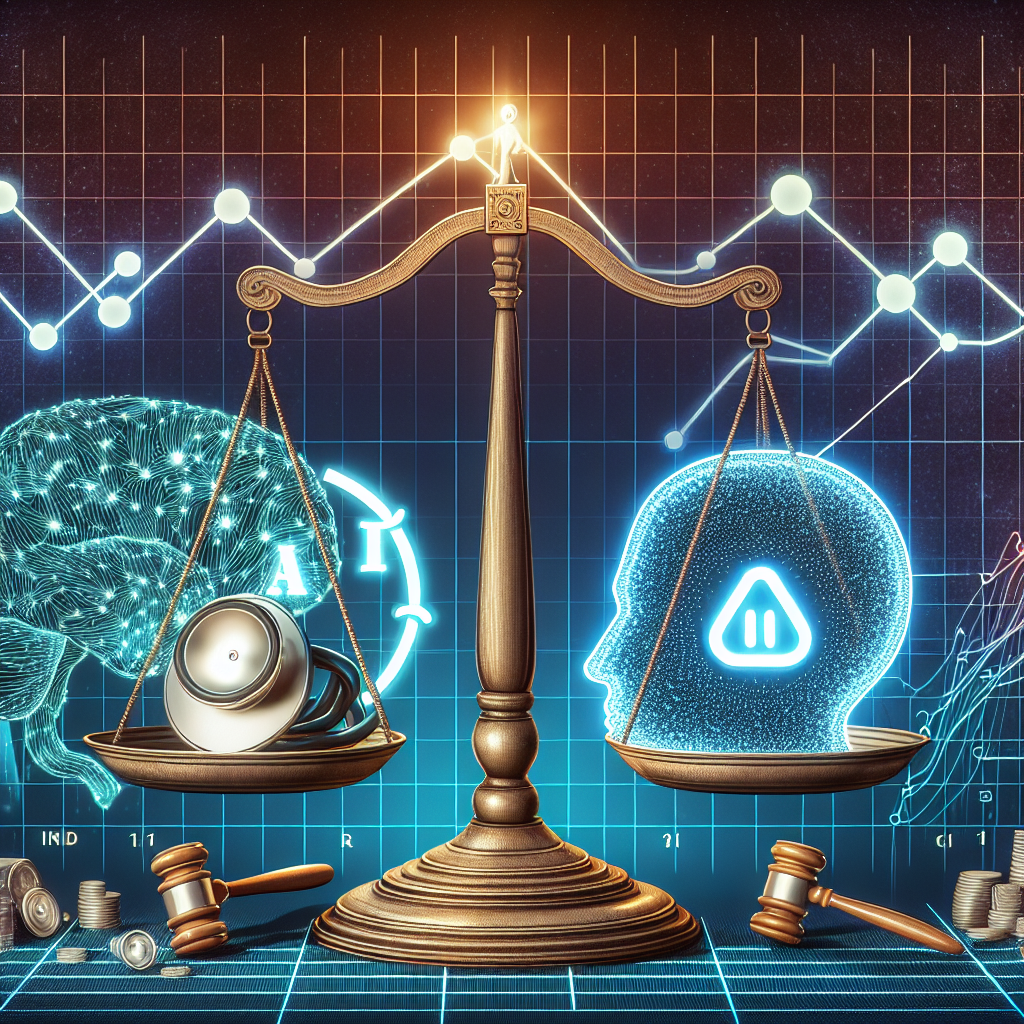Introduction
Artificial Intelligence (AI) is rapidly transforming various sectors, especially healthcare. By analyzing extensive amounts of data efficiently, AI has the potential to improve diagnostic precision, optimize processes, and enhance patient outcomes. Nevertheless, as we explore this promising frontier, we must also address the vital ethical issues that arise from integrating AI into medical diagnostics.
The Promise of AI Diagnosis
1. Enhanced Diagnostic Accuracy
AI systems, particularly those utilizing machine learning algorithms, can examine imaging data, lab results, and patient histories with extraordinary accuracy. Research indicates that AI can surpass human capabilities in diagnosing conditions such as cancer, diabetic retinopathy, and cardiovascular diseases. For example, AI algorithms trained on a vast array of medical images can detect tumors that traditional methods might overlook, enabling timely interventions.
2. Increased Efficiency
AI technologies can drastically cut down the time needed for diagnosis. Automating the analysis of large datasets allows healthcare professionals to concentrate on patient care instead of data management. For instance, AI can quickly analyze radiological scans or laboratory results, promoting faster decision-making and treatment planning—critical in emergency care settings.
3. Personalized Medicine
AI’s ability to analyze intricate data supports the creation of personalized treatment plans tailored to individual patients’ genetic profiles, lifestyles, and preferences. Such customization can improve treatment effectiveness and minimize side effects, leading to better patient satisfaction and outcomes.
4. Accessibility and Resource Allocation
In areas where healthcare resources are scarce, AI can function as a diagnostic aid to help address these gaps. AI-powered telemedicine platforms can deliver diagnostic services and recommendations, enhancing healthcare accessibility for rural and underserved communities.
The Perils of AI Diagnosis
1. Data Privacy and Security
The introduction of AI into healthcare raises crucial concerns regarding data privacy. Patient information is highly sensitive, and improper handling or breaches can have serious repercussions. It is vital to ensure that AI systems adhere to regulations such as the Health Insurance Portability and Accountability Act (HIPAA) to maintain patient trust and confidentiality.
2. Bias and Inequity
AI systems are only as reliable as the data on which they are trained. If the training datasets are biased or non-representative, the AI may yield skewed results, which can result in misdiagnosis or inequitable care. For instance, if a diagnostic system is predominantly trained on data from one demographic, it may perform poorly for others, thereby increasing existing disparities in healthcare.
3. Accountability and Liability
The implementation of AI in diagnosis raises complex issues around accountability. In cases of misdiagnosis linked to an AI system, it is often unclear who should be held liable—the healthcare provider, the AI developers, or the institution employing it. Establishing clear liability guidelines is essential to reduce legal uncertainties.
4. Erosion of Human Judgment
While AI can augment diagnostic processes, an over-dependence on technology may undermine critical human judgment. The nuanced understanding that healthcare professionals provide regarding patient history, symptoms, and context cannot be replaced. It is vital to find the right balance between leveraging AI and retaining the essential roles of human practitioners.
Balancing Innovation and Ethical Concerns
To maximize the advantages of AI in diagnosis while minimizing ethical risks, several strategies can be implemented:
-
Rigorous Testing and Validation: It is essential to conduct comprehensive testing across diverse populations prior to deploying AI diagnostic tools to ensure accuracy and fairness.
-
Transparent Algorithms: AI models should be designed for transparency and ease of interpretation to build trust among healthcare professionals and patients alike. This clarity will help in understanding how diagnostic decisions are reached.
-
Interdisciplinary Collaboration: Bringing together ethicists, clinicians, and data scientists in AI system development can provide a more comprehensive approach to problem-solving, addressing both technological and ethical aspects.
- Continuous Monitoring: Ongoing assessment of AI systems in real-world conditions is necessary to evaluate their performance and promptly address any emerging biases or inaccuracies.
Conclusion
The incorporation of AI into medical diagnostics offers tremendous potential for innovation, efficiency, and enhanced patient care. However, significant ethical challenges accompany these benefits, requiring careful navigation. By emphasizing transparency, fairness, and collaborative efforts, we can realize the full potential of AI while upholding the core values of healthcare: compassion, responsibility, and equity. Moving forward, it is crucial to maintain an ongoing conversation about the implications of these technologies to ensure that AI serves as a positive force rather than a source of harm.

